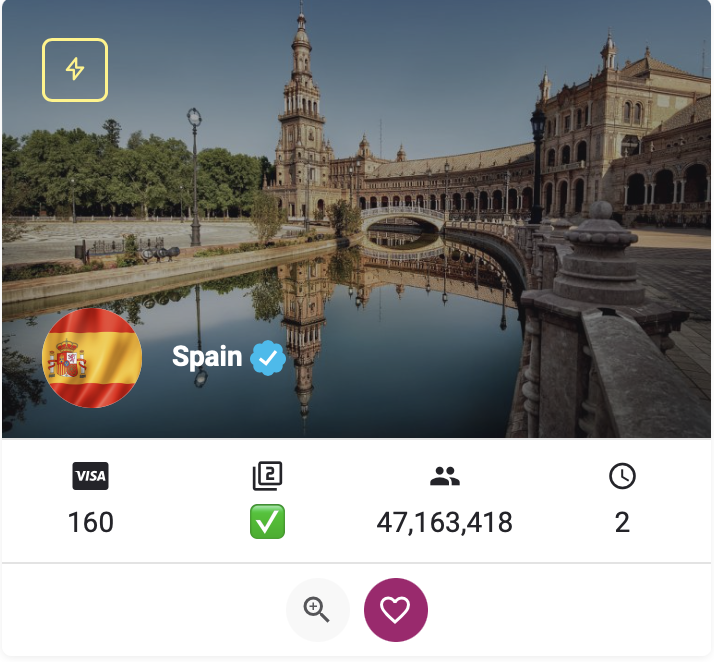However, the image these mirrors presented was much clearer than the image reflected in copper or bronze mirrors. Since the glass layer made this type of mirror thinner, the image defects were minimized, and these mirrors were also significant compared to previous technologies.
The Phoenicians, a professor of maritime trade in the Mediterranean, quickly expanded these mirrors throughout the Mediterranean and the Middle East. Darius the Great, the Emperor of the Iranian Earth, who ruled about 5 years BC, covered its royal hall with many mirrors to reflect its splendor several times.
Magical and mythical beliefs about mirrors
Mirrors were also used as magical spells in addition to personal and self -esteem. In particular, it was thought that transparent glass mirrors would excrete the wound eye. In many cultures, it was also believed that mirrors represent a reverse world or even are a gateway to supernatural territories.
In some Jewish societies, at the time of the death of a person, all the mirrors of the house were covered so that the deceased’s soul would not be stuck. Therefore, the mirrors were not only useful tools, but also mysterious and sometimes dangerous objects.
Mirror History in Iran
Iran, with rich history and civilization, is one of the countries that has long been a leader in the use and production of mirrors. Throughout Iran’s history, the mirror has become an important element in art, architecture and culture through a simple reflection of light. From ancient metal mirrors to glass mirrors and the art of Safavid mirror, this amazing device has always been part of Iranian life.
From the Achaemenids to the Seljuks
The first evidence of the use of mirrors in Iran goes back to the pre -Achaemenid era. In other words, it can be said that the first signs of mirror in Iran reaches the fourth millennium BC.
RCO NEWS















